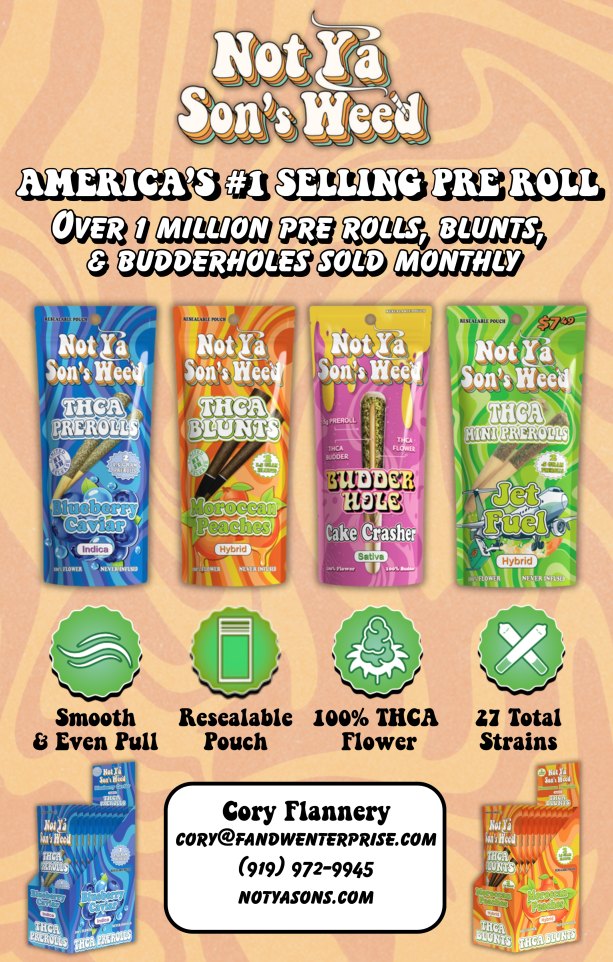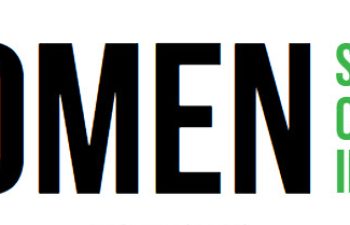Lip pillows are back, baby! Nicotine pouches have made a comeback, with all the innovations, influencers, and creativity to keep up with popular culture. If you listen to podcasts, use social media, or just leave your house, you’ve seen nicotine pouches advertised — probably by an edgelord podcaster or a professional influencer on Instagram. The market for nicotine pouches has skyrocketed, now valued between $3 billion and $6 billion, depending on whom you ask. People are turning to this re-emerging category as an alternative to overly regulated, inhalation-based nicotine consumption methods, such as cigarettes and vapes. Are we watching another fad, or are we seeing another monumental shift in the market?
Now, these aren’t the same old Snus from 2006. These nicotine pouches have been researched and developed to bring you a product that you might actually want to use. They come in an insanely diverse variety of flavors, which was a model that worked great for vapes. They have the classics like wintergreen and spearmint but have now expanded to offer tantalizing flavors like pink lemonade, strawberry watermelon, and coffee, just to name a few. In other words, flavors that actually taste good–once again, a proven method, thanks to vapes.
I spoke with Joey DeStefano, the CMO for both Puff Brands and NYKD nicotine pouches to find out more about the emerging “lip-pillow 2.0” trend, beginning with flavor development.
“We did 12 rounds of sampling with over 2000 testers,” he told me, “and we were looking for an overall 89% approval rating from the testers before moving forward with a flavor.”

The new pouches aren’t just smoke-free; technically, they’re also tobacco-free. I know–that doesn’t even make sense. Allow me to elaborate. The old Camel Snus was just a basic pouch with tobacco, while the new lip pillows contain pure, synthesized nicotine in powdered form. Even the pouch material has been upgraded. Some are made from organic cellulose material or wood pulp, while NYKD’s offerings are made from natural coconut fibers. The pouches still come in a tin that mostly resembles a mint or gum container and are easy to store in your pocket, so you can pop a pouch wherever and whenever.
The market for nicotine pouches has grown at a phenomenal rate. As previously mentioned, the total market value is estimated at as high as $6 billion for 2024 and is expected to only increase in 2025. The compound annual growth rate from 2024 to 2030 is estimated at right around 34%, driven by consumer interest in smokeless alternatives.

It really is night and day after a couple weeks, even a couple months how differently your breathing feels and just overall your general sense of well-being is greatly improved.
Joe DeStefano, Puff Brands; NYKD
“A lot of people convert when they try this type of product, especially if you’re into any form of athletics or you are feeling that strain on your respiratory system from traditional combustion,” DeStefano explains. “It really is night and day after a couple weeks, even a couple months how differently your breathing feels and just overall your general sense of well-being is greatly improved.”
Few saw it coming, but these pouches are quickly edging out vapes as a top-tier alternative to cigarettes. According to a Rutgers study, smokers who are most interested in using pouches are either planning to quit smoking or have tried to quit smoking and failed. The increase in government regulations around e-cigarettes has made switching to pouches even more enticing.

Social Media and influencers have played a huge role in the product genre’s growing popularity. Products like Zyn have become an internet sensation and have attracted the attention of popular podcasters and athletes alike. “There’s been a cultural shift back to traditional masculinity, I think, for a good portion of the demographic that uses these products, which makes ages 18-35,” DeStefano says. Podcasters that promote traditional masculinity have made pouches part of their culture. Internet Zynfluencers like Joe Rogan, Tom Segura, Bert Kreischer, and Tony Hinchcliffe have made talking about nicotine pouches part of their programming. The Nelk boys invite you to “Zynbabwe.” Yes, people on the internet have created such a meme culture around Zyn pouches that they’ve started coining portmanteaus with the brand name. There are literally hundreds of Zyn puns sneaking into pop culture. It’s basically the new shizzle from Snoop Dogg. The power of influencer marketing has been an important tool for pouch products. Inhalable nicotine is nearly impossible to market, but nicotine pouches are in a strange gray area. They are considered an ‘Other Tobacco Product,’ but since they’re not an inhalant, savvy companies are free to market on streaming TV, podcasts, and however else they want. Tucker Carlson (Tucker Carl-Zyn) was given a 20ft container of Zyn.




















